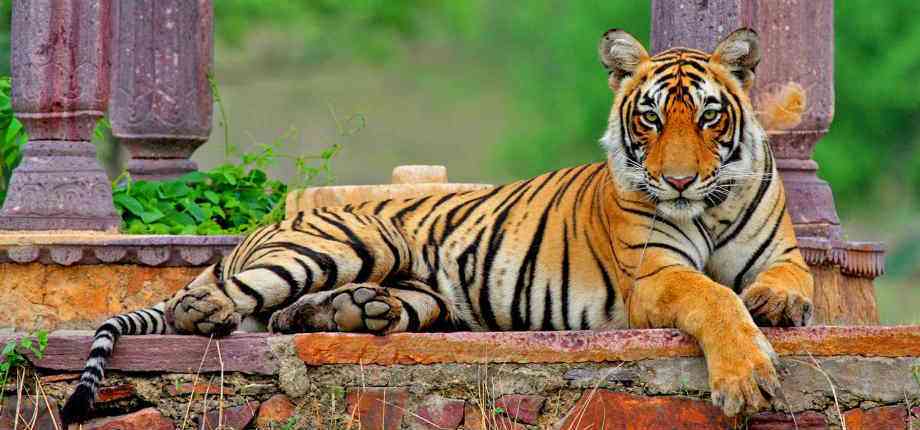Get Adventurous Tourism With The Tiger Safari Ranthambore
Just like the camel safari in the harsh desert town of Jaisalmer, Pushkar or even Bikaner, most of the tourist delight in visiting Ranthambore National Park in order to witness the wildlife especially tiger in their natural habitat. Originally named as the Sawai Madhopur Wildlife Sanctuary, Ranthambore Natural Park was started in the year 1955. Until now, it preserves the wrecks of several forts and places, which are found to be 1000 years old reflecting the royal touch of the state.
A brief history of Rajasthan Tourism :
A colorful culture together with a royal heritage is found to be synonymous with the desert state of Rajasthan. That’s why; it has become the most popular destination for worldwide tourists. Majestic palaces, ancient temples and formidable forts are some of the trademarks of Rajasthan, whereas wildlife reserves, golden sands, royal lakes and scenic green belts offer to motivate the aesthetic side of tourists. Easy accessibility and connectivity from almost all the major Indian cities facilitate a trouble-free exploration of Rajasthan, whilst the fairs, as well as festivals that are celebrated with a great fervor, will add an exclusive charm.
Highlights of Tiger Safari Ranthambore :
Ranthambore in Rajasthan plays an essential role in preserving diurnal tigers. Today, Ranthambore has turned out to be the best example of conservation efforts regarding Project Tiger. There is no doubt that Ranthambore will be blessed with a dry deciduous habitat that acts as an ideal environment for the healthy tiger population. At present, there are totally 23 villages available in the tiger reserve and so, tourist can able to enjoy traveling to the rural areas in addition to visiting the park.
Tigers found in Ranthambore are too habituated and thus, they are sometimes spotted loitering around in the broad daylight. Enthusiasts who are having luck fate may able to get the exclusive view of tigers, which are wandering up the stairs of Ranthambore fort built in 10th century. Jeep or Canter Safari is considered to be the best way to discover wildlife in the jungle.
Major attractions of Tiger Safari Rajasthan :
Besides tigers, Ranthambore National Park is home to about mammals of 30 different species, bird of 200 varieties and even reptiles of 12 different species. Mammal species, which commonly found include Leopard, sloth bear, Jungle Cat, Wild Boar and Sambar etc.
Bird Watchers could also able to click various shots of Lesser spotted the eagle, crested serpent eagle, collared scops owl, Eurasian Eagle Owl, Peacock, large Grey Babbler and much more.
A travel around the riverside areas will offer a close glimpse of Stork-billed Kingfisher, Black- headed Ibis, Darter and sometimes Marsh Crocodile who is the second largest Mugger of India.
Best Time to enjoy at Tiger Safari Ranthambore :
The perfect time to get pleasure from tiger safari Ranthambore is between 1st October and 30th June as rest of the time, the park will be closed for visitors. At Ranthambore National Park, the safari times may vary according to the weather conditions available. Only approved vehicle could enter the park. Inside the wildlife reserve, almost all the vehicles need to follow the fixed route and should leave the park by 6.30 PM.
